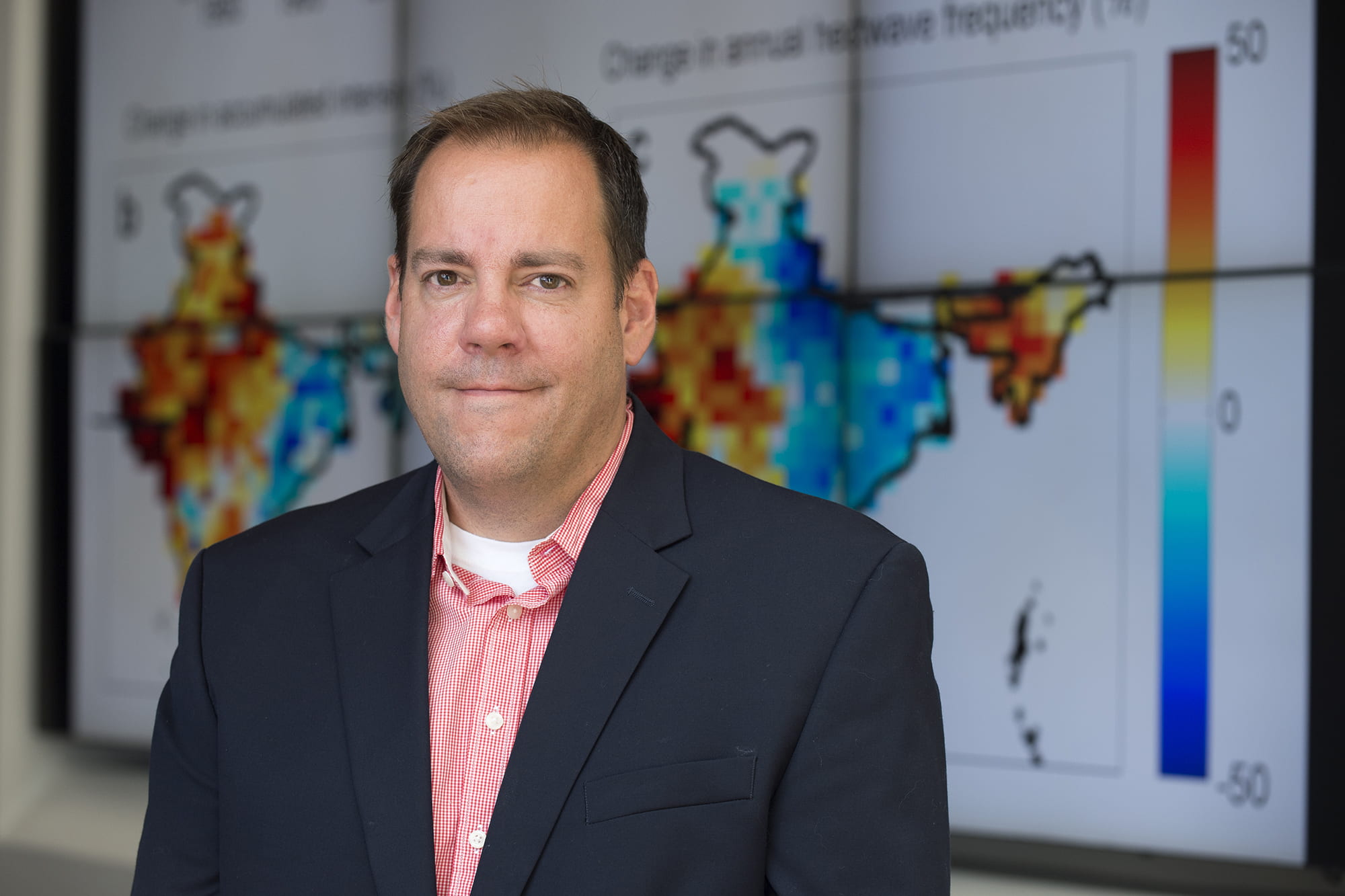Heavy-duty emissions must be eliminated to halt climate change, UCI-led review shows
Clean, low-cost energy for air travel, cement and steel, trucks and barges is critical

Irvine, Calif., June 28, 2018 – To halt climate change in this century, heavy-duty infrastructure undergirding the world’s major economies must be redesigned – starting now – to ensure no increase of carbon dioxide in the atmosphere. According to a UCI-led review due out Friday in the journal Science, that includes long-haul shipping, airline travel, cement and steel production, and a smoothly operating power grid.
“For better or worse, the long-lived infrastructure built today will shape the future,” said lead author Steve Davis, a UCI Earth system scientist and lawyer. “We’re making good progress on things like the cost of solar panels and electric vehicles, but we need to start tackling the more difficult sectors as well. These encompass products and services that are essential to modern society, so we need to figure out how to provide them without added CO2.”
Industrial sources are currently responsible for 27 percent of all carbon dioxide emissions, or 9.2 gigatons per year. The international team of researchers warn that those numbers could rise sharply as more parts of the world are developed and as battery-run cars and solar and wind power slash emissions from those sectors.
“Taken together, these ‘tough-nut’ sources make up a significant percentage of global emissions,” said co-author Ken Caldeira of the Carnegie Institution for Science’s Department of Global Ecology. “To truly address them will demand coordination and integration across industries.”
The paper examines key barriers, potential technologies, and research and development priorities. The work has important implications for policymakers as well as scientists. Possible solutions include the synthesis of energy-dense fuels for aviation and shipping, capturing and storing emissions from concrete and steel production, and the conversion of electricity into fuels.
The authors highlight hydrogen, pointing out that fuels made from it and CO2 sucked out of the air could, for instance, replace a trucker’s tank of diesel gas that’s good for 1,000 miles, which a reasonably sized electric battery can’t do. But the initial cost per gallon could be as much as five times higher.
“We are pioneering research in so many of the important fields that will be required for a 100 percent zero-emissions future,” said co-author Jack Brouwer, a UCI mechanical and aerospace engineer who has developed hydrogen fuel cells from sewage waste. “The challenge is bringing down costs.”
Scaling up use of new technologies could help, the researchers say, as could integrating power and manufacturing facilities. For example, hydrogen could be made using excess solar power during the day and then converted back into electricity after the sun sets.
Capturing and storing CO2 will also be key. Cement and steel manufacturing rely on limestone or “coke” coal that contains large stores of fossilized carbon. When the materials are heated during manufacturing, that carbon currently goes skyward. But demonstration projects have shown that storing CO2 underground is an option.
“There’s no time to rest on our laurels. Our paper aims to refocus engineers, innovators and policymakers on the sources of emissions that will be most difficult to eliminate. We have all the technologies we need,” Davis said. “We need to innovate and integrate across different sectors, to figure out ways to make the costs more tractable.”
The authors include experts in energy systems analysis and the specific technologies and processes examined. More than 30 scientists, engineers and others contributed to the review, which stemmed from a 2016 Aspen Global Change Institute meeting supported by NASA, the Heising-Simons Foundation, and the Fund for Innovative Climate & Energy Research. The National Science Foundation also provided funding (INFEWS grant EAR 1639318).
About the University of California, Irvine: Founded in 1965, UCI is the youngest member of the prestigious Association of American Universities. The campus has produced three Nobel laureates and is known for its academic achievement, premier research, innovation and anteater mascot. Led by Chancellor Howard Gillman, UCI has more than 30,000 students and offers 192 degree programs. It’s located in one of the world’s safest and most economically vibrant communities and is Orange County’s second-largest employer, contributing $5 billion annually to the local economy. For more on UCI, visit www.uci.edu.
Media access: Radio programs/stations may, for a fee, use an on-campus ISDN line to interview UCI faculty and experts, subject to availability and university approval. For more UCI news, visit wp.communications.uci.edu. Additional resources for journalists may be found at communications.uci.edu/for-journalists.
